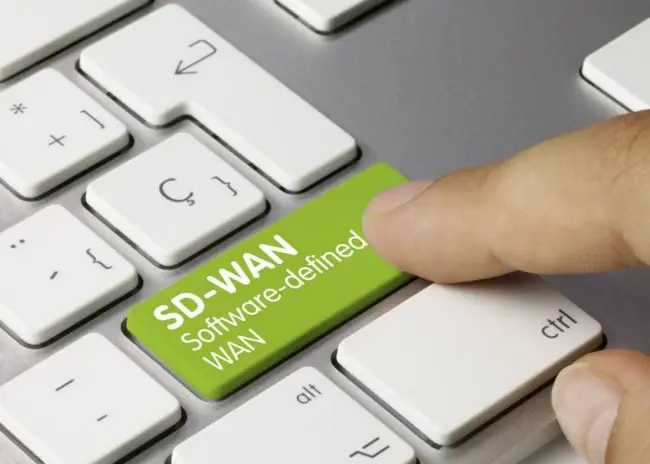Software-defined wide area network, better known as SD-WAN, is the technology topic du jour. With digital transformation initiatives at the forefront of businesses today, enterprises are quickly realising the potential that SD-WAN has to drive their efforts. As a refresher, SD-WAN is the technology that is enabling your office to communicate with its overseas counterparts. In particular, it decouples the control plane and data plane from the hardware. Instead, it uses software to control network operations and manage the geographic locations in your wider area network. Thus, management is significantly simplified, and even more so by the single management interface. Traditional WANs and their router centricity mean that they were never cloud-friendly. Now, cloud-delivered SD-WANs can support applications in a wider range of locations, including public and private cloud and on-premise. With the enterprise landscape becoming increasingly cloud-first, SD-WANs enable businesses to keep moving in this direction. Furthermore, a typical SD-WAN helps WANs handle network traffic. Their architecture also often includes features to heighten your security, such as a firewall or intrusion prevention.

SD-WAN for digital transformation
Among its myriad benefits, SD-WAN is also a driver for digital transformation. Traditional WANs are becoming outgrown by the demands of today, making the adoption of SD-WAN ever more necessary. Digital transformation and the increasingly digital world creates a much larger surface area for attacks, and traditional WAN doesn't bring much to the table to help this. To address security concerns, SD-WAN enables businesses to better meet compliance requirements through micro-segmentation. Combined with the aforementioned firewall feature and ability to isolate traffic, SD-WAN helps gives security teams peace of mind. For cloud architects, their priority will be to jump on the automation bandwagon for service chaining and delivery. SD-WAN provides automated WAN overlay policies that are tailored to business intent. What's more, it can be seamlessly integrated with other network services. As an added bonus, automation notably reduces overall operating costs. Thus, businesses have the promise of immediate return on investment. Looking further at the financial side, SD-WAN couples lower-cost internet and higher-cost private technologies, enabling organisations to enjoy the privileges of the latter without putting them out of pocket.
SD-WAN versus NGFW
However, while it's easy to simply massage the SD-WAN ego, you can't talk about SD-WAN today without paying homage to next-generation firewalls (NGFWs). The dilemma is this: do you build an SD-WAN solution on top of your NGFW platform? Or do you add NGFW to SD-WAN? Which is the subset of the other? Frankly, where SD-WAN is an all-encompassing solution, perhaps the focus should just be on ensuring every offering has top-notch NGFW as one of its features. If SD-WAN's traction is anything to go by, it's not slowing down anytime soon. Thus, if you can't beat it, adopt it.
If you'd like to learn more about security, why not check out this opinion piece by Chester Avey on how security technologies improve threat detection and response?







Comments ( 0 )